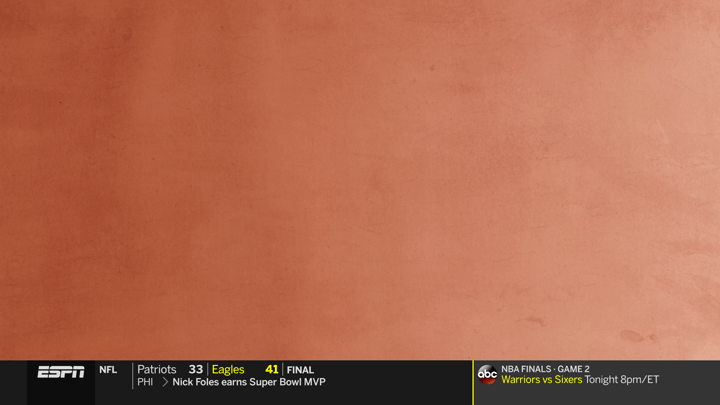From Concept to Broadcast – Reinventing First Take’s Graphics
When First Take moved to its new home in New York City, it needed a bold, refreshed visual identity to match. As part of ESPN’s Creative & Studio Direction team, I contributed to the show’s rebrand, shaping a graphics package that balanced sophistication with the raw energy of the city. The updated color palette modernized the show’s look, transitioning from its signature orange and black to rich copper and gray tones. To reinforce the New York aesthetic, we incorporated imagery of cityscapes, basketball courts, and subway signs, creating a visual language that felt both authentic and dynamic.
As the lead on-line designer, my primary focus was on designing monitor and insert graphics for live production. To enhance efficiency, I scripted templates in After Effects, allowing multiple graphics to update simultaneously, significantly reducing production time. I also developed a comprehensive design guide to ensure seamless handoffs and continuity within the team. During rehearsals, I worked closely with art directors and producers, refining graphics based on feedback and troubleshooting design challenges. Post-launch, I led training sessions for fellow designers, ensuring the new system was intuitive and effective for daily production.
LEAD ON-LINE DESIGNER, GRAPHIC DESIGNER, TEMPLATE DEVELOPER, AFTER EFFECTS SCRIPTING, TRAINING LEAD, LIVE PRODUCTION SUPPORT/ TROUBLESHOOTER
WHERE IT WAS FEATURED:
ESPN broadcast, website, app, and social channels, as well as live events.
Received Promax Gold’s ‘Sports Brand Image Campaign’ Award in 2019

The New Look in Action
The Branding.




Monitor Display Video Wall Poster Graphics
The First Take monitor display video wall featured dynamic poster-style graphics that changed multiple times throughout each show to reflect the latest topics. To streamline this process for live production, I developed scripts in Adobe After Effects that allowed designers to update colors and repetitive text across all three posters simultaneously. This automation was crucial for the fast-paced nature of live television, where designers had just an hour before taping to create 50+ graphics.





